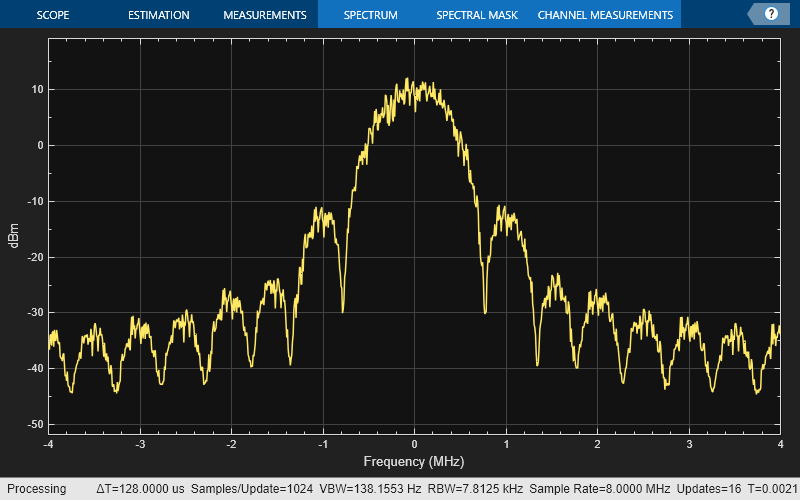bleWaveformGenerator
Generate Bluetooth LE PHY waveform
Description
waveform = bleWaveformGenerator(message,Name,Value)'Mode','LE2M' specifies the generating mode value of the desired
Bluetooth LE waveform.
Examples
Input Arguments
Name-Value Arguments
Output Arguments
References
[1] Bluetooth Technology Website. “Bluetooth Technology Website | The Official Website of Bluetooth Technology.” Accessed November 22, 2021. https://www.bluetooth.com/.
[2] Bluetooth Special Interest Group (SIG). "Bluetooth Core Specification." Version 5.3. https://www.bluetooth.com/.

